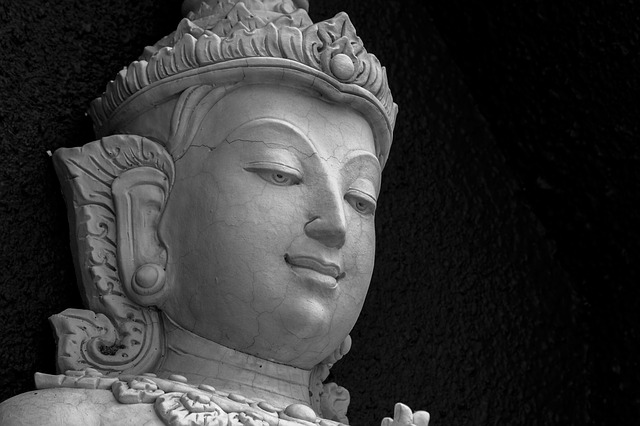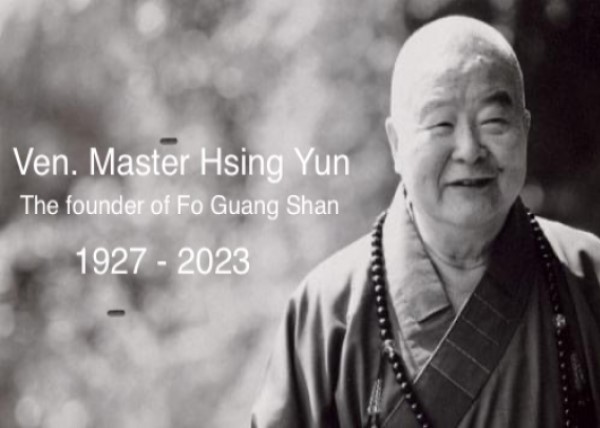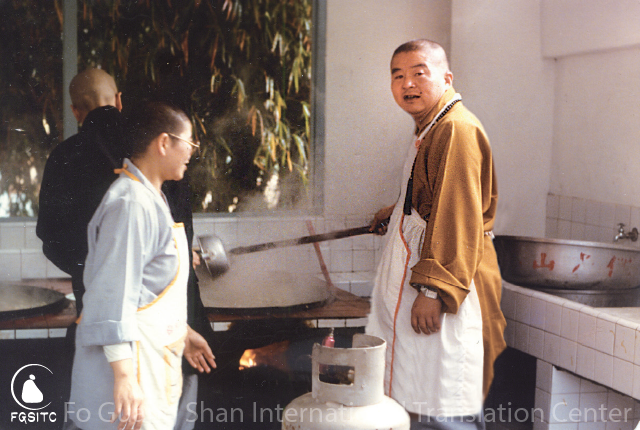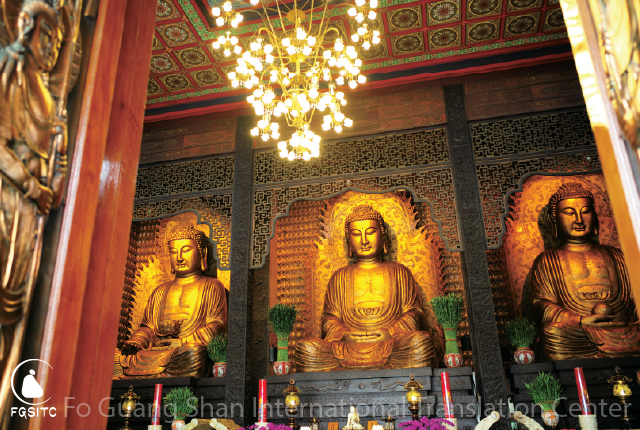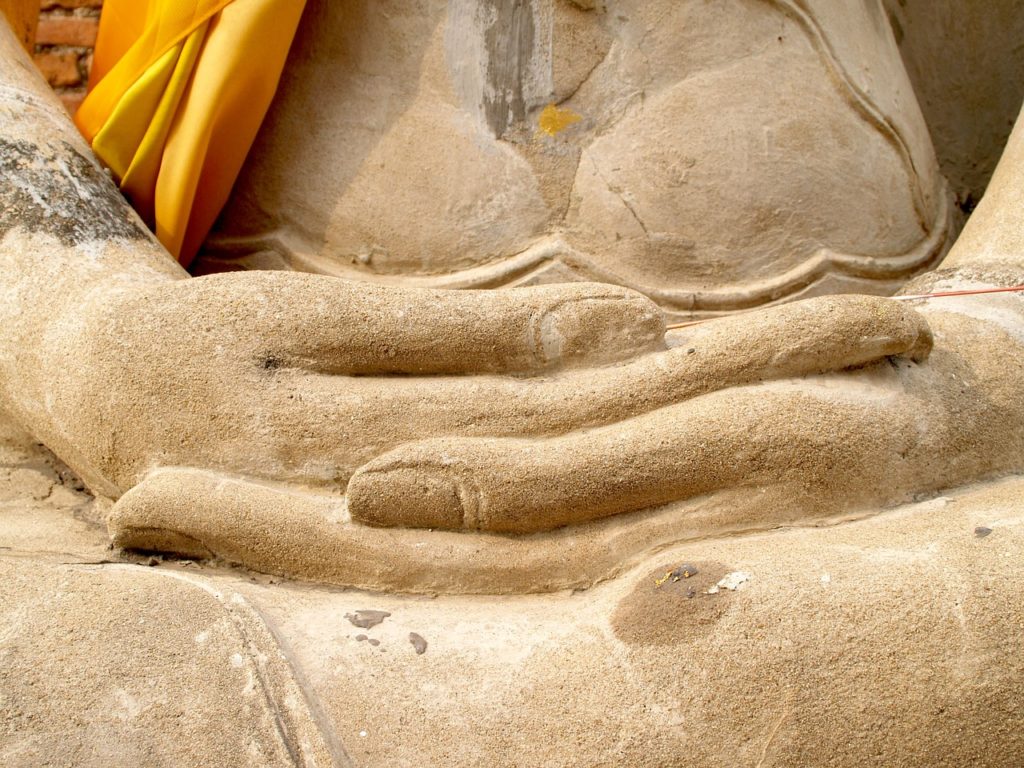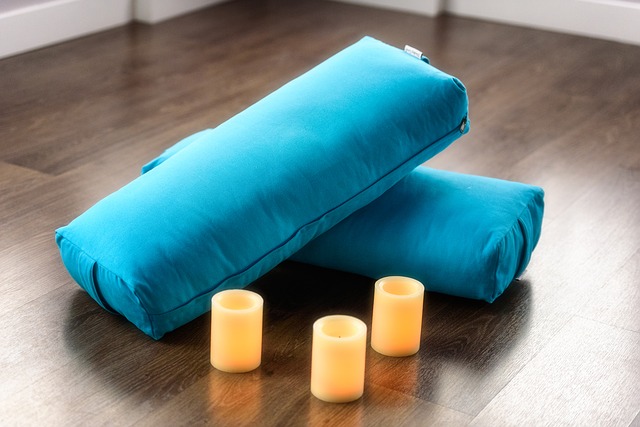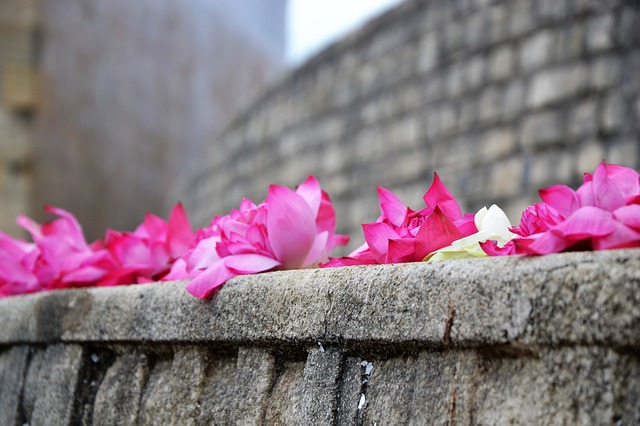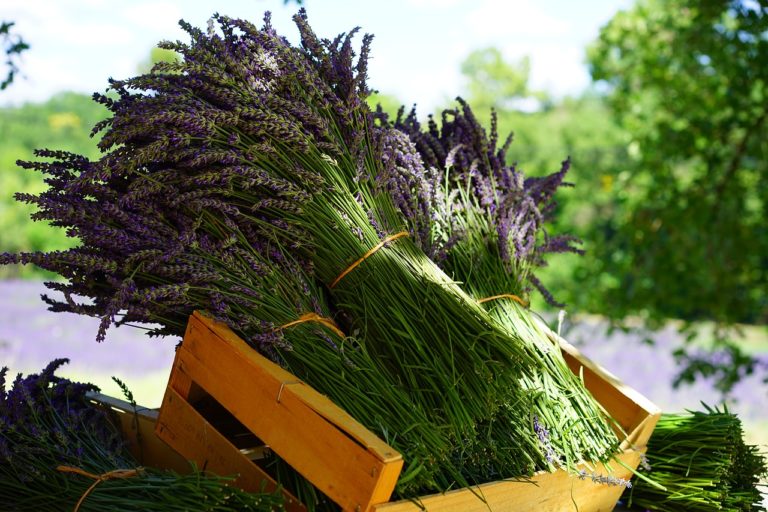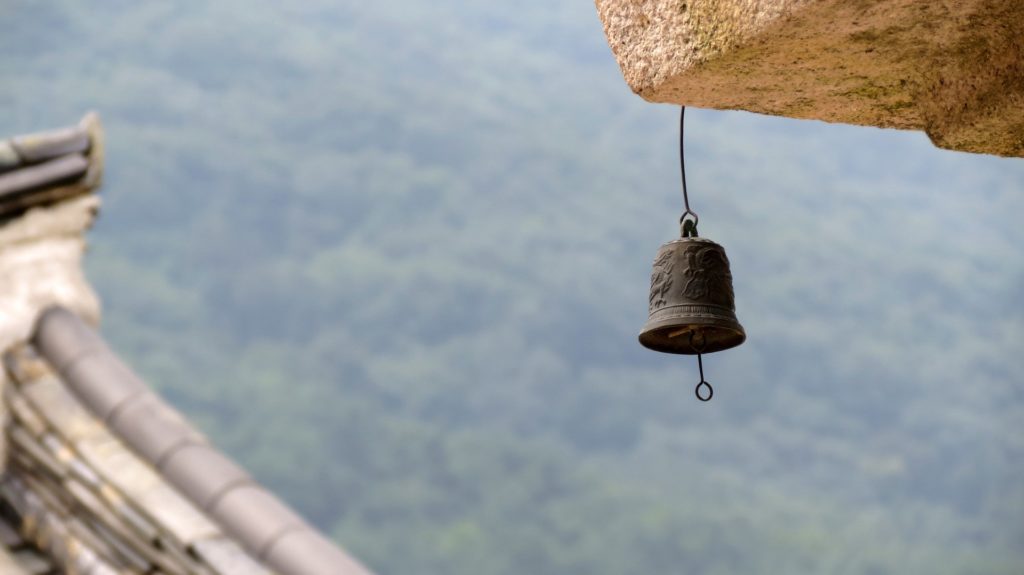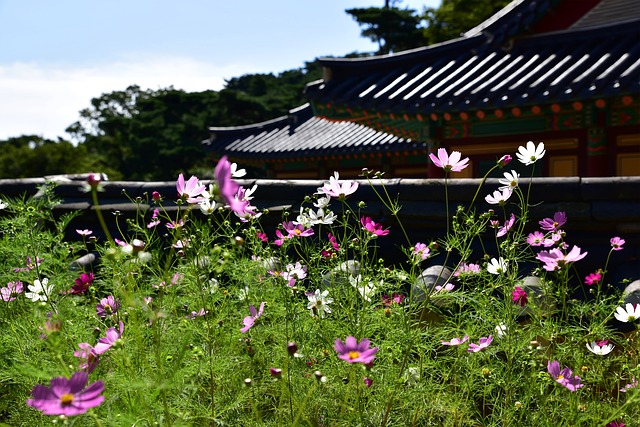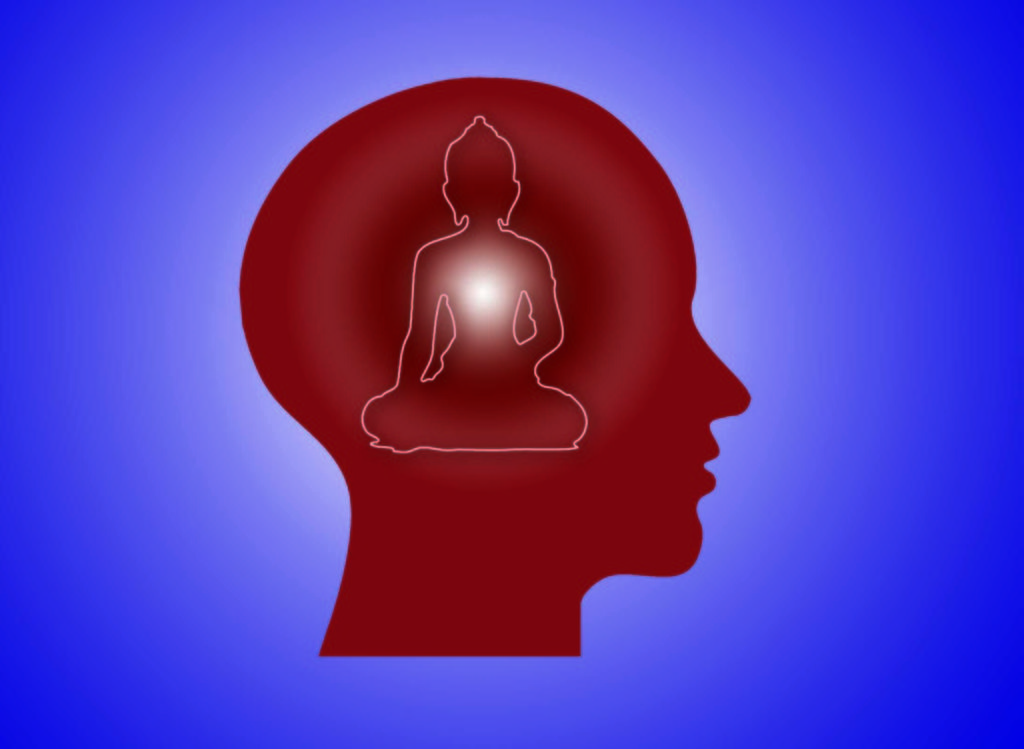Also referred to as the “thirty-two major marks” and “marks of a great man,” these are the characteristics of excellence adorning Buddhas and wheel-turning monarchs. The marks on the Buddhas are much clearer and more defined than on the wheel-turning monarchs. In addition to the thirty-two marks, Buddhas and great bodhisattvas (but not wheel-turning monarchs) also are adorned with the eighty notable characteristics, also known as the “eighty minor marks.” In the sūtras, it is said, “It takes one hundred kalpas to perfect the major and minor marks of the Buddha and three incalculable kalpas to perfect the merit and wisdom of the Buddha.”
What are the thirty-two marks of excellence?
First, the mark of “the soles of the feet set down well”:
the soles of his feet are set fully touching the ground, and there is no gap for anything to be inserted, not even a needle.
Second, the mark of “the soles of both feet bearing [Dharma] wheels”:
each with a thousand spokes, a rim, and a hub; all these three aspects are perfect and complete, formed naturally without having been made by an artist. Even Viśvakarman, the architect of the heavens, cannot make such a wonderful mark.
Third, the mark of “long fingers”:
his fingers are long, slender and straight, in beautiful order, and of various lengths.
Fourth, the mark of “broad and even heels.”
Fifth, the mark of “webbed fingers and toes”:
like the king of the geese, the fine webs show when he spreads open his fingers and toes and do not show when he does not spread open his fingers and toes.
Sixth, the mark of “soft and delicate hands and feet”:
like the fine cotton gossamer, they surpass the other parts of his body.
Seventh, the mark of “perfectly formed and arched insteps”:
when stepping on the ground, his feet neither broaden nor narrow. The soles of his feet are like red lotus flowers in color; the fine webs between his toes and the sides of his toes are like real coral in color; his toenails are like pure copper [in color]; the tops of his feet have the color of real gold; and the hairs on his instep have the color of azure lapis lazuli. His feet are beautifully adorned like jeweled sandals, ornamented in various ways.
Eighth, the mark of “antelope-like limbs”:
his limbs taper gradually, like those of the antelope.
Ninth, the mark of “hands touching the knees when standing straight”:
without bending forward or leaning back, he can touch his knees with his palms.
Tenth, the mark of “a concealed male organ”:
just like the well-trained treasure elephant and treasure horse [of a wheel-turning monarch].
Eleventh, the mark of “a body of equal span and height”:
like the Indian banyan tree, the Bodhisattva’s body is in perfect proportion, measuring the same on all four sides.
Twelfth, the mark of “hair turning upward”:
all the hair on his body grows upwards and is very fine.
Thirteenth, the mark of “a single hair growing from each pore”:
his hair is not in disarray and is the color of azure lapis lazuli; the hair curls up toward the right.
Fourteenth, the mark of “a golden hue.”
Fifteenth, the mark of “a ten-foot light”:
the light extends ten feet [from his body] on all four sides; within the light is the Buddha with his supremely dignified magnificence, just like the pure jewel-like radiance of the kings in the heavenly realms.
Sixteenth, the mark of “fine and delicate skin”:
dust does not adhere to his body, just as the leaves of the lotus retain neither dust nor water. Though the Bodhisattva walks over a hill of dry earth, dirt does not adhere to his feet. In the wake of a fierce wind that blasts the earthen hill into dust, not a single particle of dust will adhere to the Buddha’s body.
Seventeenth, the mark of “perfect fullness of the seven parts”:
the seven parts, two hands, two feet, two shoulders, and neck, are all perfectly full and well-formed; their purity and color surpass that of other parts of the body.
Eighteenth, the mark of “perfect fullness under both armpits”:
there are neither bulges nor hollows.
Nineteenth, the mark of “a lion-like upper body.”
Twentieth, the mark of “a large and straight body”:
being the largest and straightest when compared to the bodies of all people.
Twenty-first, the mark of “perfectly, well-formed shoulders”:
none can match the quality of his shoulders.
Twenty-second, the mark of “forty teeth”:
no more and no less; other people have thirty-two teeth. Their bodies have more than three hundred bones while the skull has nine. The Bodhisattva has forty teeth, but the skull is a single bone. The Bodhisattva has more teeth while his skull has one bone; others have fewer teeth while their skulls have more bones. This is how his body differs from that of other people.
Twenty-third, the mark of “the teeth being even”:
his teeth are all equal, none are thicker or thinner, with none out of place.
And the mark of “the teeth being close together”:
those who do not understand [this aspect of his teeth] would say he has a single tooth; the space between the teeth will not let a single hair slip through.
Twenty-fourth, the mark of “white teeth”:
they surpass the brightness of the Himālayas, the king of mountains.
Twenty-fifth, the mark of “a lion-like jaw”:
he has a broad and flat jaw like the lion, the king of beasts.
Twenty-sixth, the mark of “tasting the most excellent flavors.”
There are some who say that when the Buddha puts food in
his mouth, all food gives the most excellent taste. Why is that?
Because all food contains the cause for the most excellent flavor.
Those without this mark do not taste the most excellent flavor because they cannot activate this cause. And there are some who say that when the Bodhisattva takes food and places it in his mouth, ambrosia naturally flows from two places in his throat and is blended harmoniously with all the other flavors, and because the flavor is pure, this is called tasting the most excellent flavor.
Twenty-seventh, the mark of “a large tongue”:
when the Bodhisattva sticks out his large tongue, it covers his entire face, even to his hairline, but when he puts it back in his mouth, his mouth is not full.
Twenty-eighth, the mark of “a Brahmā-like voice”:
[the Bodhisattva’s voice] is like the sound coming from the mouth of the Brahmā Heaven King. This has five qualities: one, deep like thunder; two, distinctly clear, audible from afar, and delighting the listeners; three, penetrating the mind, inspiring respect; four, truth elucidated is easily understood; and five, listeners do not become weary of hearing it. The Bodhisattva’s voice has these same five qualities.
Also, the mark of “the voice of the kalaviṅka bird”:
pleasant like the song of the kalaviṅka bird; and the mark of “a drum-like voice”: deeply resonating and far reaching like the sound of a great drum.
Twenty-ninth, the mark of “real blue eyes”:
[they are] like a fine blue lotus flower.
Thirtieth, the mark of “eyelashes like an ox”:
his eyelashes are long, fine, and not straggly, just like the eyelashes of the king of oxen.
Thirty-first, the mark of “a protuberance on the crown of the head”:
the Bodhisattva has a bony protuberance the size of a fist on top of his head.
Thirty-second, the mark of “a white tuft of hair”:
a tuft of white hair grows between his eyebrows, neither too high nor too low; the hair is pure white, curls to the right, and is five feet long when stretched out.
Excerpts taken from The Great Perfection of Wisdom Treatise, Fascicle Four, pp. 97–113.

